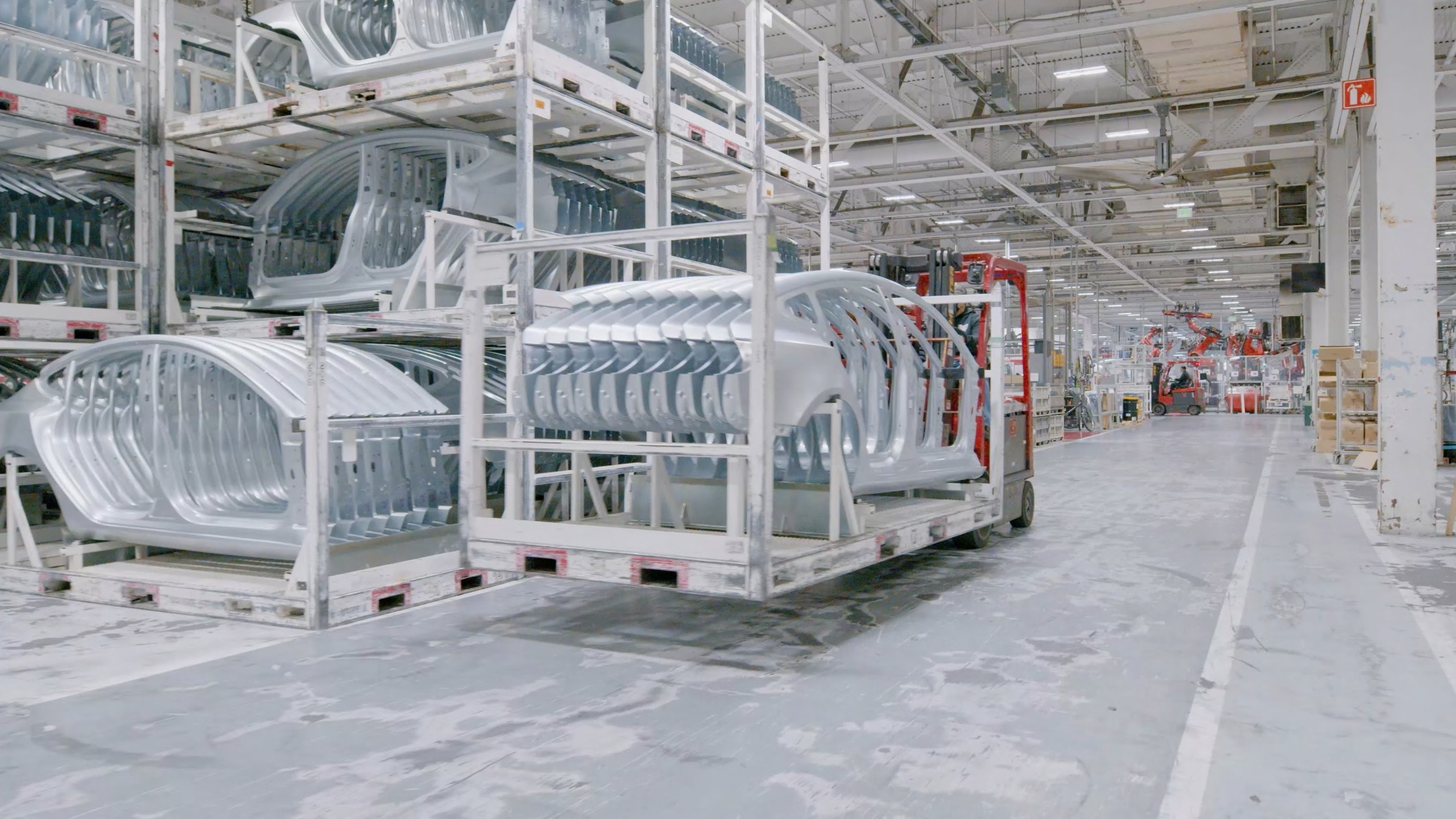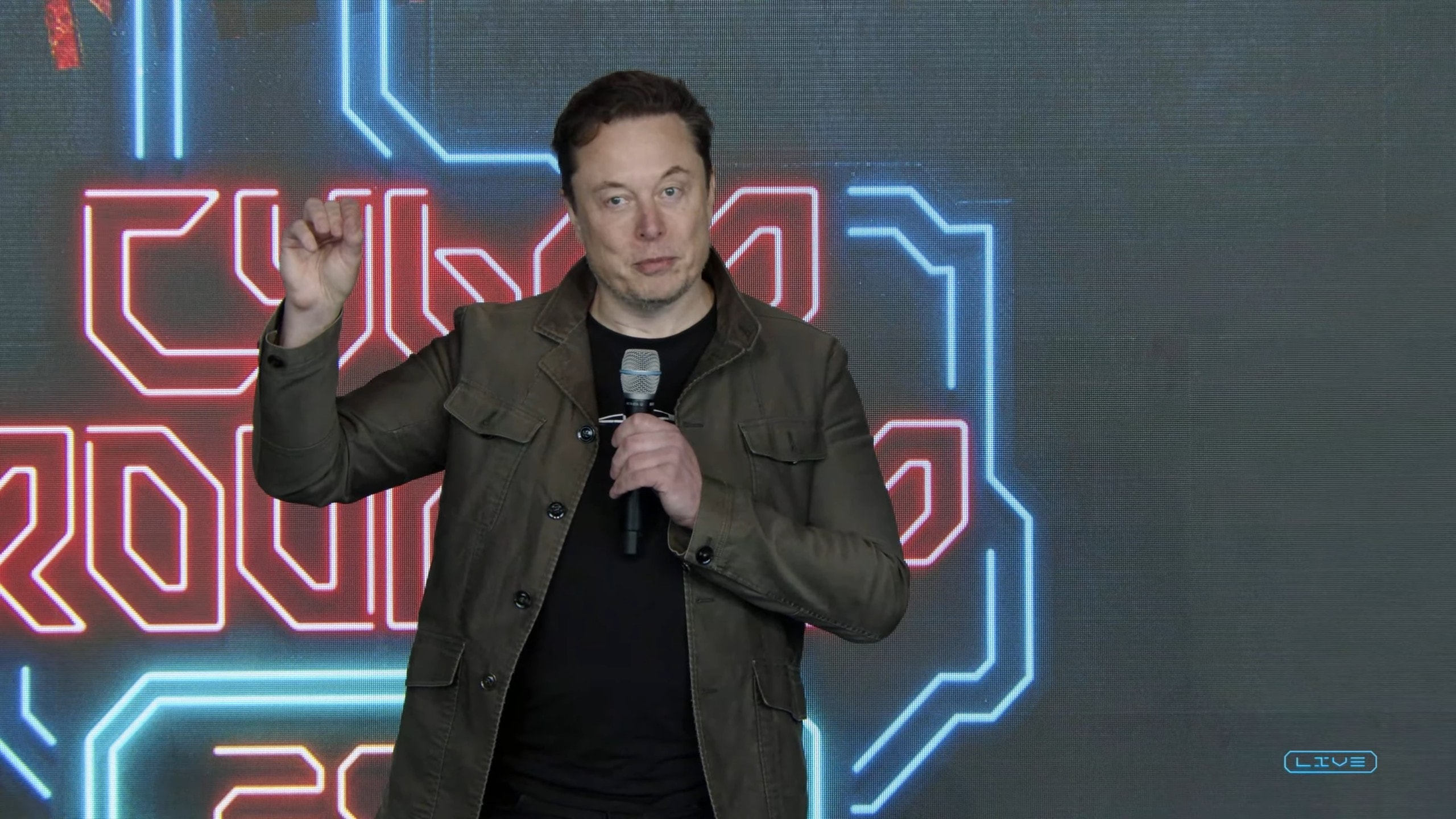In 2006, Elon Musk revealed a deceptively simple yet strategically sound plan for Tesla. Nicknamed “The Secret Tesla Motors Master Plan,” it outlined a step-by-step approach.
The first phase involved launching a high-end electric sports car, the Roadster. Revenue from this initial product would then fund the development of a more accessible electric car, followed by an even more affordable model.
Running parallel to this car development strategy, Tesla would also champion zero-emission power generation through solar energy solutions.
Despite facing hurdles, Tesla successfully achieved these goals, setting the stage for Musk’s more ambitious “Master Plan, Part Deux” a decade later.

Tesla’s Master Plan 3 differed significantly from its predecessors. Unlike the first two concise presentations, Master Plan 3 ballooned into a technical document exceeding 40 data slides. This complexity overshadowed public discussion, with the plan itself taking a broader view.
Tesla’s name appeared minimally, focusing instead on humanity’s transition to sustainable energy. While ambitious, the lack of concrete timelines for achieving these goals left many questioning the practicality of the plan.
This ambiguity may have paved the way for Master Plan 4, which Elon Musk had already hinted at. The Tesla community, however, yearns for a return to clarity after recent layoffs. While details remain scarce, Musk’s pronouncements at a shareholder meeting suggest a significant shift.
This year’s Cyber Roundup, he claims, marks not just a new chapter but a whole new book for Tesla. Though specifics are elusive, the focus likely aligns with Musk’s current interests in artificial intelligence and robotics, potentially signaling the conclusion of Master Plan Part Deux.

